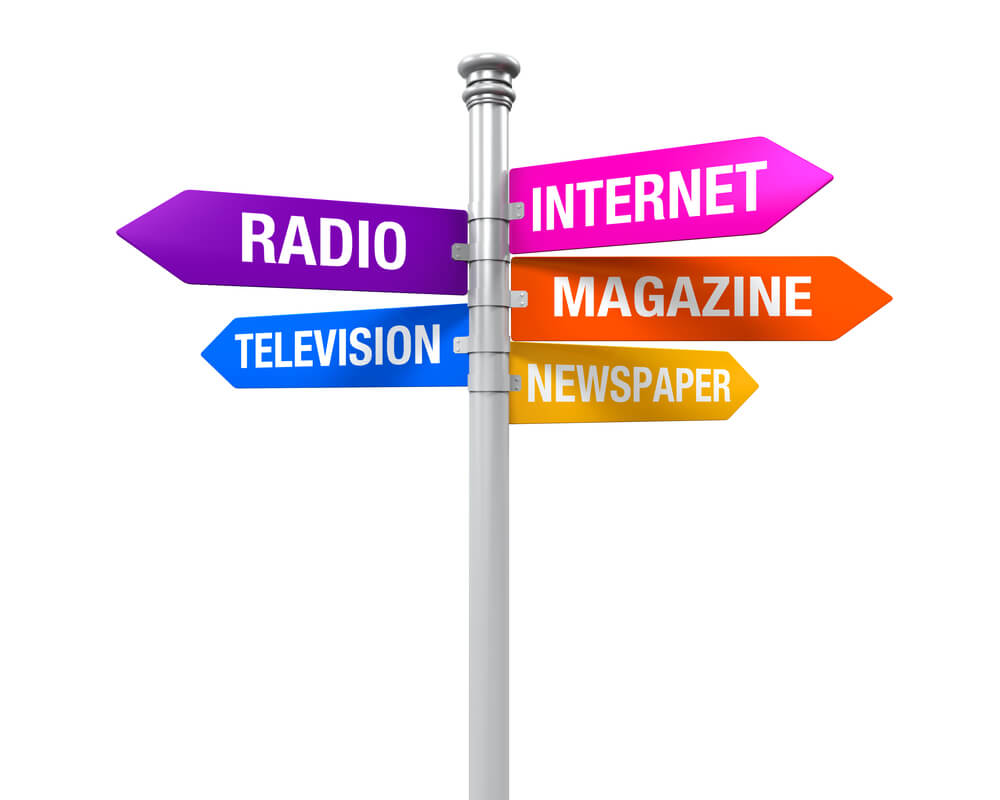Unleashing the Potential of Radio and TV Advertising for Your Brand
To generate better brand recognition for your company, you don't just need to have more ads—your ads need to be where your market pays attention, when they pay attention to it. Each channel you use for your brand recognition efforts matters, and each one can garner a huge audience.
Conventional TV and OTT/CTV, for example, remain one of the best ways to present visual content to a wide array of shoppers. Similarly, radio and streaming audio services are the best way to talk to your audiences because the options are so widespread.
But the real magic is in when you combine both channels into a single campaign. Based on your knowledge of when your target market is watching television versus listening to their favorite radio programs, you can organize your marketing efforts to reach them at all times, no matter where they are or what they're doing.
Here is how using radio and TV advertising together can enhance your brand:
Augmented Reach
In any brand recognition campaign, the goal is to prime new and repeat audiences, not directly sell to them. You want to familiarize your audience with your brand, your products, and the unique aspects of your company. Both television and radio are great channels for doing this because audiences are actively or passively becoming familiar with your brand name. Familiarity through these touchpoints leads to trust, and that means your audience will be more receptive to selling campaigns later.
Reach an expanded audience through both radio and television by:
- Focusing on general-interest channels in your preferred geographic radius. You can do this with airtime on local broadcasts.
- Expanding your campaigns to include more sub-channels. If you hear 'television and radio', you might think just of conventional options. But today's channels include OTT/CTV services, streaming radio, podcast apps, and more. By adding digital options, you can reach more shoppers.
Advanced Targeting
Generic messaging in highly competitive markets is bad for business, especially if you're trying to increase brand awareness. Instead, you need to craft specific messages that address the unique pain points of each buyer persona you want to reach. You also must craft the messages, so they speak to your niche markets while still maintaining a consistent brand voice. But how do you get those ads in front of the right portions of your audience without confusing buyers or making them tune out because the ad doesn't apply to them?
- Do research: Find where each of your buyers spends time, when they're on either television or radio channels, which specific programs they're interested in, and more. This will help you put the right ads in the right position.
- Continue researching: Just like you want to find out where and when to place your ads, discover where to not place your ads. This can help you keep your campaigns running across multiple channels without burning through your budget.
- Prioritize channels with good analytics and data: Digital channels such as streaming radio and OTT/CTV give you a lot more insight into audience behaviors and can feed your attribution models more accurately. For conventional channels, work with local media partners that have the right historical data to help you find the best matches.
Brand Recognition
Initially, the goal is to get the name of your business out there. You want your prospective buyers to be familiar with your company and what you have to offer. But you also want to stay top of mind in different contexts and circumstances.
For example, you don't just want someone to be familiar with how your logo looks. You also want them to be familiar with how your brand name sounds so they recognize it when they overhear it. Building that audio-based connection means they'll associate the sound of your company with all the positive attributions and benefits touched on in your radio ads.
Simultaneously, you don't just want them to recognize the sound of your brand. You want your logo, graphics, and even font messaging to catch their attention when they see it out of the corner of their eye. They'll be much less likely to pass over it on the store shelves or in their social media feeds.
Elevated Frequency
Suppose you only have a marketing budget to support three prospective touchpoints per shopper per day. If you focus just on television, they might catch one out of three—they aren't watching videos all the time, especially on busy workdays, if they're driving a lot, or if they're in the gym after work. Maybe they miss all three. If you focus just on the radio, the same thing might happen, there's a chance you just miss each other on the airwaves.
Focusing on both radio and TV at the same time gives you two prospective strategies:
- Bump up the potential touchpoints to six (three in each category).
- Time the efforts in each category to coincide with your audiences' typical schedules. Even if you maintain three potential touchpoints a day, scheduling audio during the morning commute and during your market's typical gym or cardio slot and scheduling television ads for the late evening (or whatever your specific buyers need) increases the odds of multiple interactions.
Mid-West Family Is Here to Help Optimize Your Radio and TV Advertising
Build a strategy and advertising plan that fits both your budget and your buyers' habits. At Mid-West Family Northern IL, our team can help you optimize every channel you use with data-driven insights and media resources. Contact us today to see what a combined radio-TV campaign can do for your brand recognition.



